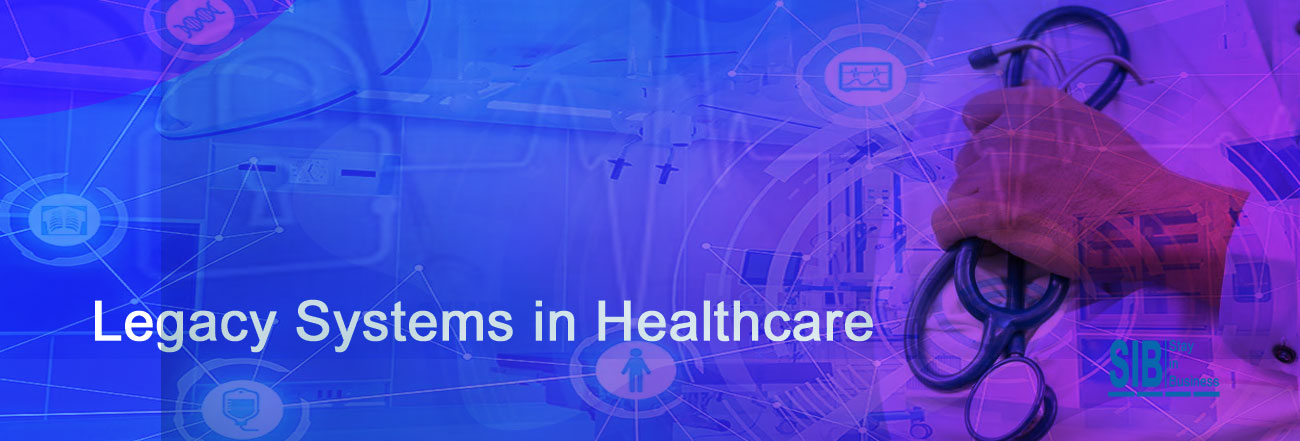Legacy systems in healthcare

Vulnerabilities of Legacy Systems: A Major Healthcare Cybersecurity Challenge
The risk of cybersecurity in healthcare shows no sign of ceasing. One recent example is a hospital cyberttack at a Canadian healthcare entity that compromised data dating back to decades. Medical records are a preferred target for cybercriminals since they contain a lot of sensitive data. As per reports, in 2020 alone, the number of cyberattacks in the medical industry consisted of more than half of all previous year’s patient data breaches. The message that this emphasizes is that taking measures for preventing data breaches in the medical industry is more important now than ever. Now let’s look at a major healthcare cybersecurity challenge, vulnerabilities of legacy systems in healthcare that pose a threat to the healthcare industry.
How legacy applications are a cybersecurity threat for healthcare industry?
Digital transformation is of great benefit to healthcare industry, thanks to the rise of the Internet of Things (IoT) and cloud computing. Digital transformation facilitates enhanced patient engagement. But the disadvantage is that it also contributes to an increasing threat for potential cyberattacks. In certain cases, medical data has much more value to cyber attackers as compared to financial data. Healthcare industry is not as fast as other industries in embracing disruptive technologies.
It has become a common practice for hospitals to continue using legacy applications to store historical data that is not shifted to modern, more protected solutions. The factors behind it may include human or financial resource constraint or lack of knowledge of new technologies available to handle legacy data.
One major factor that increases the vulnerability of legacy systems is the lack of support from third-party vendors. When a technology is outdated, it becomes highly difficult to find the needed support to address concerns.
In healthcare, vulnerable legacy applications pose a big threat with regard to cybersecurity. This can lead to affecting mission-critical clinical applications. It’s essential that doctors, nurses, and other healthcare workers have access to the most up-to-date patient information to provide maximum care. Achieving this relies on instant access to accurate and comprehensive patient data.
How healthcare industry can challenge the threat of legacy applications?
One important concern with regard to legacy applications is how to facilitate better access to the most recent data. To address this, healthcare organizations can re-focus on their technological foundations. For instance, investing in cloud-based ERP systems can assist in connecting in a better way within the healthcare organization’s network. Deploying cloud-based solutions is crucial since it lets healthcare workers access important information whenever and wherever they need it.
Though the ongoing cybersecurity workforce shortage in the healthcare sector poses a challenge the healthcare sector, the sector’s reliance on legacy system is also a substantial concern. The healthcare industry relies immensely on legacy systems to carry out critical workloads. Legacy medical devices are a big threat to security since they are difficult to patch and keep track of. Besides, healthcare organizations may be complacent and may not wish to risk updating these devices because they are still successfully carrying out their critical services.
If you are in a position where you are not able to eliminate legacy systems (owing to the high cost of replacing legacy software), you can involve in isolating it in its own network segment, performing your own vulnerability scans for detecting any security issues in the system, performing computer hardening by removing unnecessary services and applications, closing unnecessary ports, blocking unnecessary IP address ranges, installing security software etc. However, overall it is a good practice to migrate data from legacy systems into newer systems that have stronger security controls. A well-framed plan can lead to a successful transition.
Categories: cybersecurity, Health, Safety
